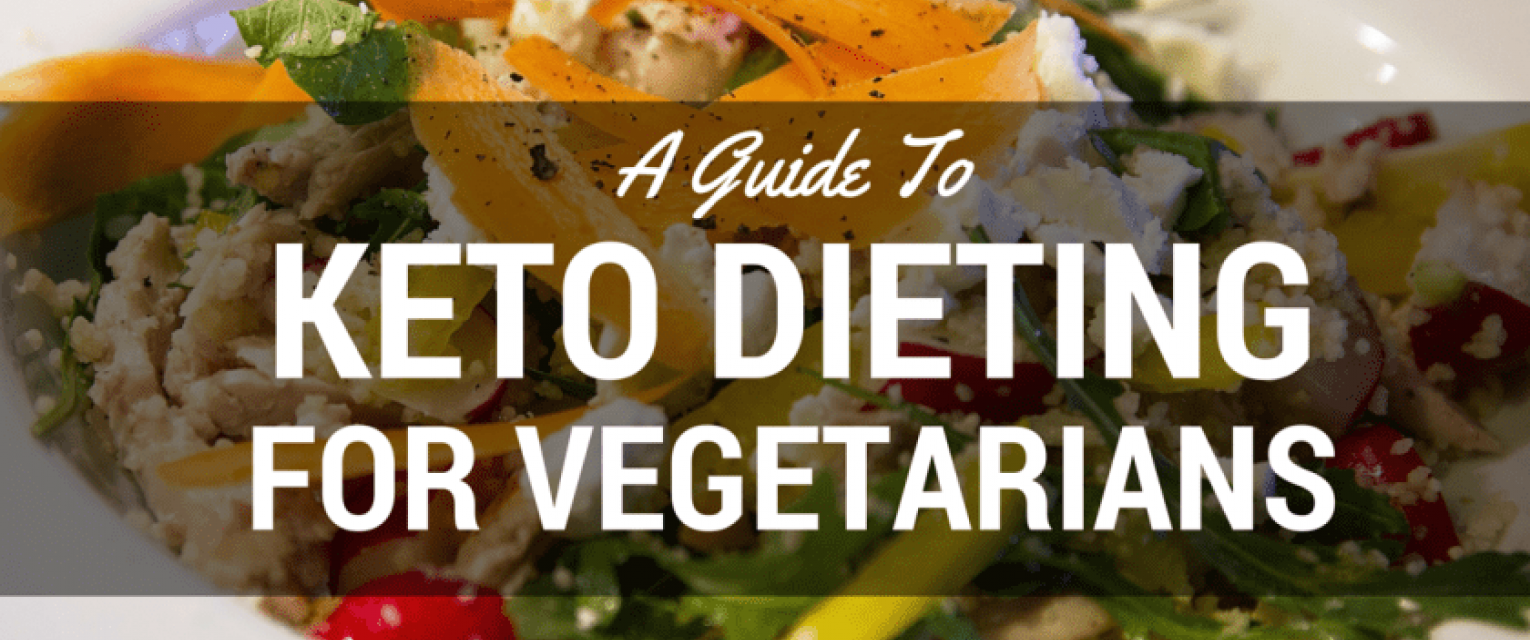The vegetarian diet is commonly regarded as one of the healthiest diets for humanity. Many studies have found that vegetarian diets reduce the likelihood of prevalent diseases like heart disease and diabetes and improve health more than the average non-vegetarian diet. However, this doesn’t mean that the vegetarian diet is the best diet for everyone’s health.
The Ketogenic diet, for example, has been found to be more effective than the vegetarian diet for weight loss! And Just because you don’t eat meat doesn’t mean you can’t try this high-protein plan. Here’s how to turn the Keto diet vegetarian:
What is Keto diet?
With no carbs for fuel, the body produces ketones by breaking down fats in the liver. This helps burn excess fat and jump-start your metabolism, and it can lead to weight loss and increased energy. There is also an emphasis on whole foods with the Keto diet, which means that many types of processed foods are off-limits.
The original Keto diet is extremely high in fatty meats, which is not good for our cardiovascular system, the vegetarian version eliminates these meats and allows for more plant-based options, such as avocado and nuts and seeds. In general, the population is going towards a more plant-based, whole-foods diet, which is why the Ketotarian diet is emerging.
Going Ketotarian:
The diet of the moment is the Ketogenic plan, people turn to it to lose weight, to manage chronic illness, or to find a healthier lifestyle. This high-protein plan focuses on meat, however. The goal is to eliminate carbs, jack up the protein, and force the body to burn fat for fuel (instead of its preferred source: carbohydrates). This phenomenon is called ketosis, but the meat focus prevents vegetarians from experimenting with the plan.
How does a vegetarian Keto diet works?
First, even non-vegetarian Keto eaters shouldn’t focus too much on meat: The misconception that Keto diets require huge amounts of meat or meat products may scare off vegetarians, those concerned about the environment, or people that want to eat healthier. A vegetarian version of the Ketogenic diet may be appealing for its weight loss and other health benefits.
What can you eat as a Ketotarian?
The vegetarian Keto diet menu will include leafy greens and aboveground vegetables such as broccoli, asparagus, and green beans, as well as high-fat dairy, nuts, seeds, avocados, berries, sweeteners, oils, and fats. Ketotarians should ensure that they fit plenty of nuts, seeds (including flax and chia), tofu, eggs, cheese, cream, vegetables, avocados, olives, olive oil, canola oil, and butter into their diets for optimal results. You can make “treats” to help cravings, like chocolate avocado ice cream, from compliant ingredients.
What to avoid?
The list is very similar to the regular Keto diet (except you’re avoiding meat): Be sure to steer clear of grains, sugar, fruit (except for occasional berries), and tubers, like yams and sweet potatoes, while following the vegetarian Keto diet.
What are the benefits of vegetarian Keto diet?
One of the most beneficial things about the vegetarian Keto diet is that it incorporates fresh foods and eliminates many processed foods. The parameters of a Ketogenic diet are simply grams of macronutrients—protein, fat, carbs. The vegetarian Ketogenic diet tries to also focus on the quality of foods eaten, increasing the micronutrient content of the diet.
How challenging is it?
Those who are doing the vegetarian Keto diet will have to pay extra attention to what they are putting in their mouths. It can be harder to manage your diet because you might have to spend more time calculating your carbohydrate intake and spend a lot of time planning meals and considering the foods you are eating. Many plant foods contain carbs so it could be challenging to stay balanced, satisfied, and achieve Ketosis. Another challenge is not falling into the trap of eating foods that may be compliant but aren’t actually healthy. As with any diet, the label itself does not make it healthy. The labels of ‘vegan,’ ‘vegetarian,’ ‘Keto,’ ‘gluten-free,’ and many others include a range of food choices that fit the standards of the diet but aren’t necessarily healthy. This is especially true of processed foods that may carry these labels.

